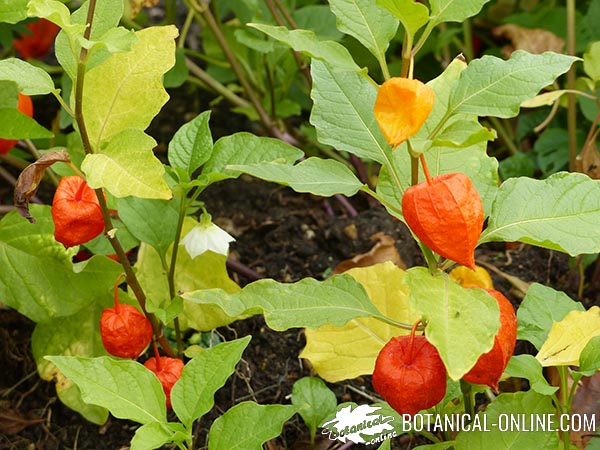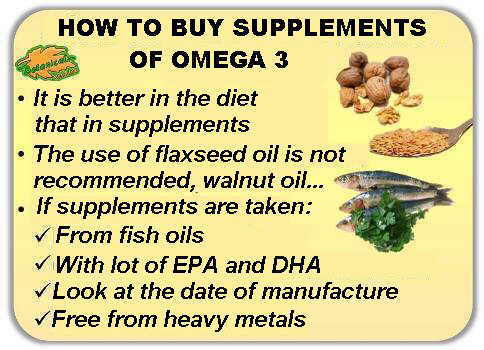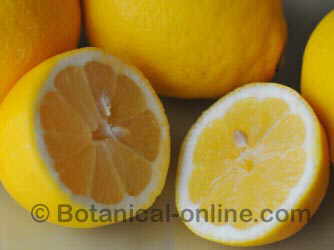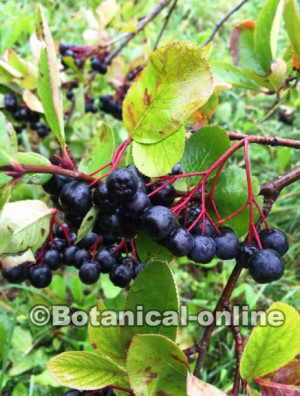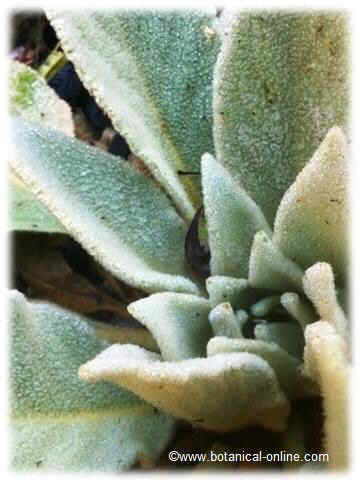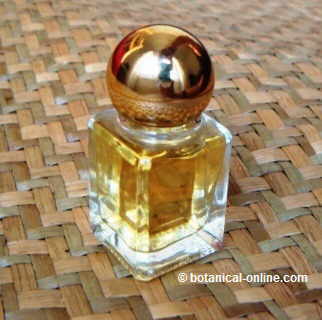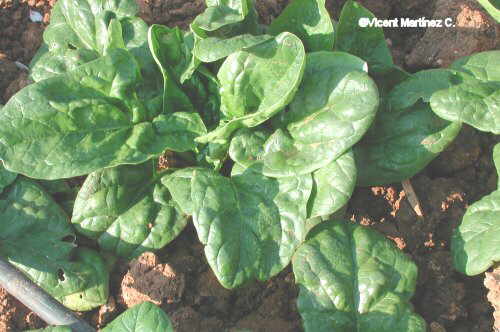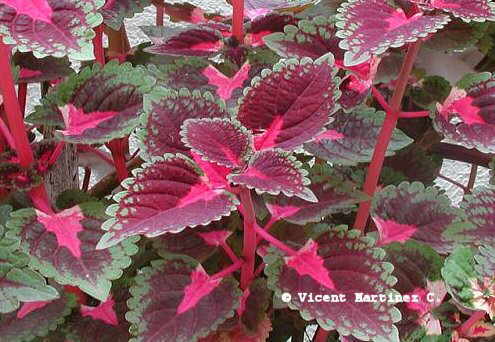Contents
What is an allspice?
Allspice characteristics (Pimienta dioica)
Common English name: allspice, Jamaica pepper, pepper, pepper Clover
Scientific name: Pimenta dioica L.
Taxonomic Synonyms: Myrtus dioica L., Caryophyllus pepper Mill, Myrtus Salisb aromatica., Eugenia Pimenta DC., Myrtus Pimenta L., Pimenta vulgaris Bello., Pimenta officinalis Lindl.
Family: Myrtaceae.
Habitat: allspice is part of the natural vegetation of tropical forest and has been used since ancient times by native people.
It grows at altitudes between 500-1300 meters.
* More information: Cultivation of allspice.
Botanical description of allspice
Allspice (Pimenta dioica) is a slow-growing perennial shrub, which can be between 6 and 9 (up to 12) meters high. It is a very aromatic and fragrant plant.
Its stem has a thin bark, grayish and withreddish-brown stains, that easily comes off in long strips.
Irregular plant, dense, with ascending and flat branches. Branches gray-green or dark green, with fine white-yellowish pubescence.
Its leaves are large, opposite, petiolate, elliptic or oblong, margin entire, bright green on the surface and paler on the underside. They measure between 5.5 and 17 cm long by 2 to 6.5 inches wide. The leaves have oil-bearing glands and give off a strong aroma.
The plant blooms in mid-spring. The inflorescence is an axillary panicle, between 5 and 12 centimeters long where the flowers are. Each panicle may contain 50 to 100 flowers.
Flowers actinomorphic, bisexual, 4 sepals, 4-5 petals; pale pink and 5 mm long. Numerous stamens, filiform style. Between 3-4 millimeters in diameter.
Although the flowers are bisexual, there are cases where the designation of dioicious plant is justified: flowering trees exist with few stamens where the pollen does not germinate, they are called female trees and they produce fruit. However, the “male trees” have sterile eggs that do not bear fruit.
In the cultivation of allspice it is recommend planting male individuals to increase productivity of female trees.
The fruits are small berries globose, covered on its surface by glands resulting in a rough touch. When the fruit is dried, these glands are responsible for the characteristic bumps of dry peppercorn. Fruits are 7 to 8 mm long, green, becoming black at maturity. Mucilaginous thin mesocarp.
The seeds are small, about the size of 4 mm in diameter; suborbicular without endosperm. Each pod contains 2 brown seeds therein, arranged in two cells, each cell contains a seed.
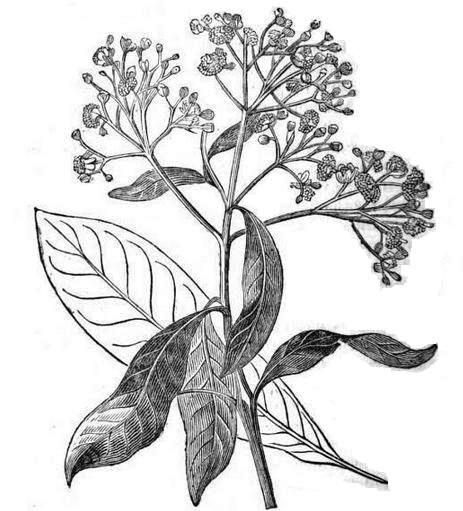
In the picture: botanical illustration of leaves and inflorescence of Pimenta dioica
Etymology of Allspice
Christopher Columbus was who, excited by his discovery, first reported this fragrant plant, since one of the goals of his trip was to find a new spice route.
When the plant was discovered by the colonists, they called it Jamaica pepper because they mistake it with Black pepper (Piper nigrum), due to the similarity in size between both fruits, but, botanically, these two plants do not share the same family and they are physically very different plants
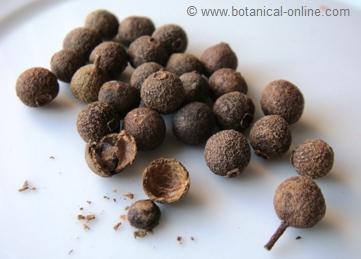
In the picture: Jamaica peppercorns, where you can see its touch rough because the glands on the surface of the fruit.
Composition of allspice
– Fats
– Protein
– Fiber
– Vitamins: Vitamin C, beta carotene, thiamin.
– Minerals: plant: aluminum, chromium, vanadium. fruit: potassium, calcium, magnesium, phosphorus, iron, sodium, zinc, boron.
– Organic acids (fruit): malic acid.
– Organic compounds: cinnamaldehyde.
– Monoterpenes: cineol, limonene, phellandrene, alpha-pinene.
– Sesquiterpenes: caryophyllene, alo-aromadendrene, epizonarene, muurolene, selinene.
– Terpene alcohols: linalool.
– Phenylpropones: eugenol (higher content in plants after clove), chavicol
– Phytosterols
| Essential oil of allspice : The essential oil of allspice is particularly rich in eugenol (up to 85% of essential oil), alpha-phellandrene, cineol, linalool, tepineol, humulene, chavicol. The fruit has a higher concentration of essential oil in the green fruits (immature) than black fruit (ripe). The leaves are also rich in essential oil, although in lower concentration than the fruit. Because of the essential oil, the whole plant has an intense fragrance. |
| Composition of allspice (Pimenta dioica) | |
| Chemicals | Contents (in ppm.) |
| Carbohydrates | 749.000 – 757.000 |
| Proteins | 117.000 – 134.000 |
| Fats | 36.000 – 41.000 |
| Fiber | 175.000 – 179.000 |
| Cineol | 690 |
| Aluminium | 110 |
| Chromium | 5 |
| Components of allspice leaves (Pimenta dioica) | |
| Chemicals | Contents (in ppm.) |
| Ascorbic acid | 2.012 – 2.067 |
| Betacarotenes | 103 – 120 |
| Eugenol | 8.348 |
| Caryophyllene | 760 |
| Cineol | 51 |
| Aromadendrene | 12 |
| Muurolene | 45 |
| Selinene | 45 |
| Terpinolene | 27 |
| Terpinene | 11 |
| Linalol | 5 |
| Components of allspice fruits (Pimenta dioica) | |
| Chemicals | Contents (in ppm.) |
| Phytosterols | 666 |
| Eugenol | 7.000 – 36.000 |
| Terpinen-4-ol | 1.260 |
| Humelene | 405 |
| Ledene | 237 |
| Calamenene | 90 |
| Cadinol | 66 |
| Iron | 60 – 85 |
| Spatulenol | 60 |
| Cadinene | 51 |
| Globulol | 33 |
| Limonene | 15 |
| Pinene | 14 |
| Phellandrene | 6 |
![]() More information about allspice properties and other types of peppers
More information about allspice properties and other types of peppers
| Botanical classification | |
| Kingdom | Plantae |
| Subkingdom | Tracheobionta Vascular plants |
| Superdivision | Spermatophyta Seed plants |
| Division | Magnoliophyta Flower plants |
| Class | Magnoliopsida Dicotyledons |
| Subclass | Rosidae |
| Order | Myrtales |
| Family | Myrtaceae |
| Subfamily | Myrtoideae |
| Tribe | Myrteae |
| Gender | Pimenta |
| Species | P. dioica L. |
![]() More information about allspice properties and other types of peppers
More information about allspice properties and other types of peppers

